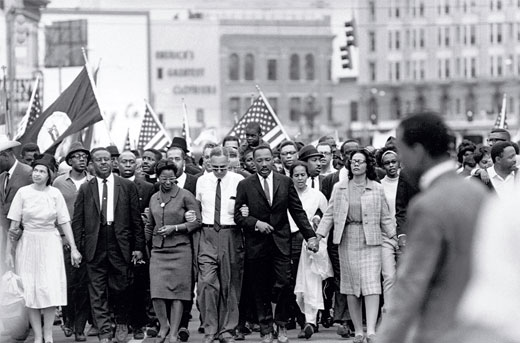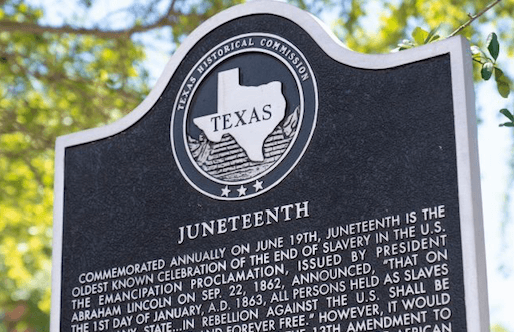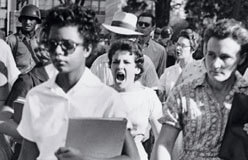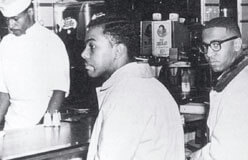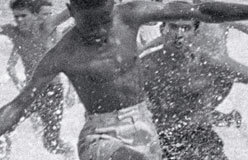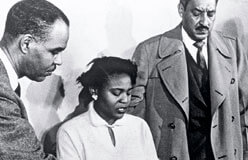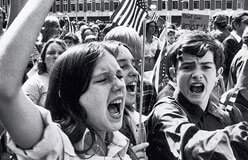Martin Luther King Jr. was awarded the Nobel Peace Prize.
That happened in 1964. From 1964 to 1968, the civil rights movement saw both wins and losses.
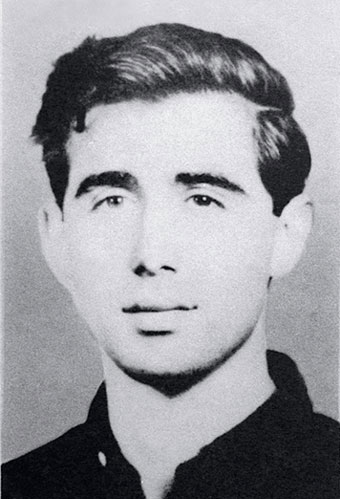
Andrew Goodman
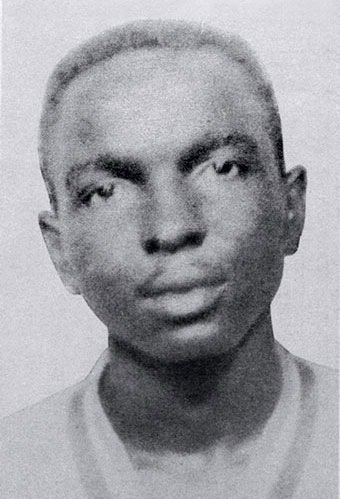
James Chaney
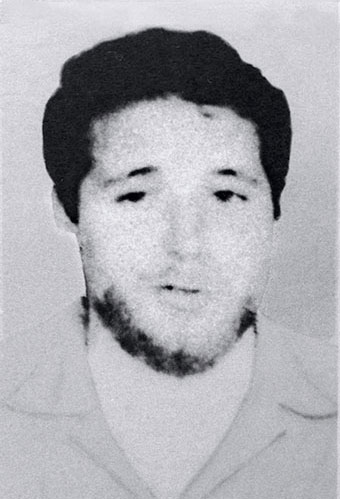
Michael Schwerner
▲ African Americans in the South tried to register to vote. But they were often threatened by white officials. They had to take “citizenship tests.” But white voters didn’t. The Student Nonviolent Coordinating Committee began helping black people register to vote in Mississippi. In 1964, it brought in students from the North to help. That summer, Andrew Goodman went South. He joined veteran civil rights workers Michael Schwerner and James Chaney. All three were beaten and shot to death by Ku Klux Klansmen. No one was convicted of that crime until 2005. ▼
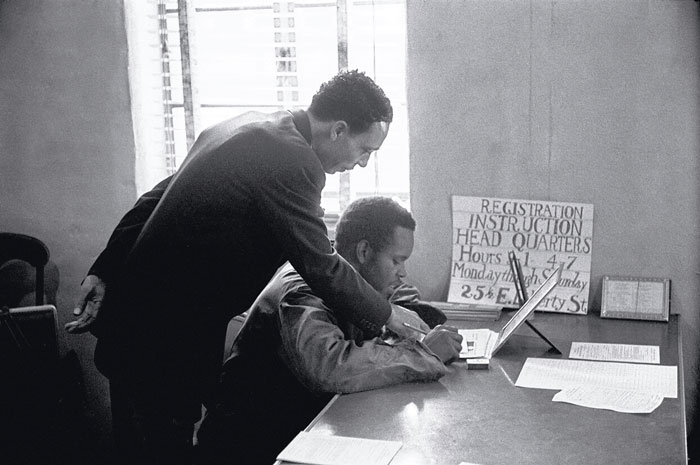
President Lyndon B. Johnson pushed hard for the Civil Rights Act of 1964. He signed it into law on July 2 of that year. It banned segregation in public places like restaurants and hotels. It also outlawed job discrimination. No one could be refused a job because of their sex, race, religion, or national origin. A year later, Johnson got the Voting Rights Act of 1965 passed. It made sure blacks could vote. ▶
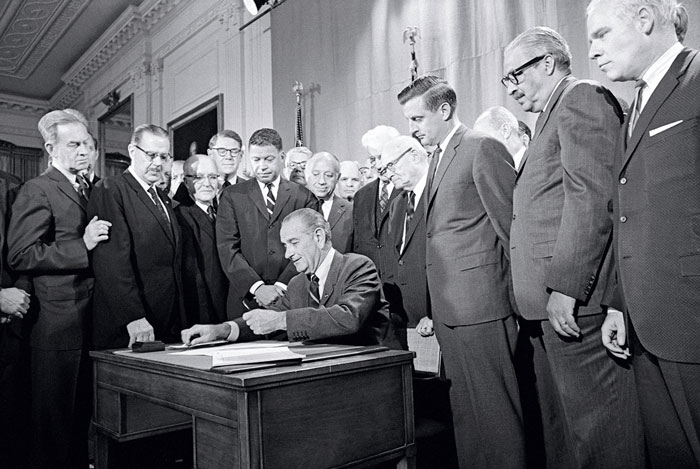
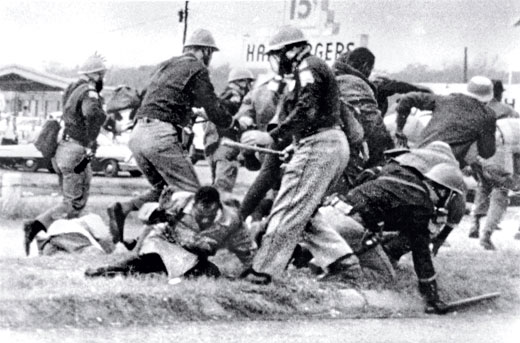
▲ Early in 1965, the Southern Christian Leadership Conference joined a voter registration drive in Selma, Alabama. The Reverend Martin Luther King Jr. and 250 adults were arrested for marching. Five hundred children protested the arrest. They were arrested, too. A group tried to march from Selma to Montgomery, the state capital. It was 54 miles away. State troopers on horseback broke up the march. They used billy clubs, bullwhips, tear gas, and cattle prods on the protesters. Photos of the attack were shown on television. And then people from all over, both black and white, came to Selma. Four thousand protesters started a march to Montgomery on March 21. This time the U.S. military was with them. They got to Montgomery five days later. That was on March 25. By then the number of marchers had grown to 25,000.
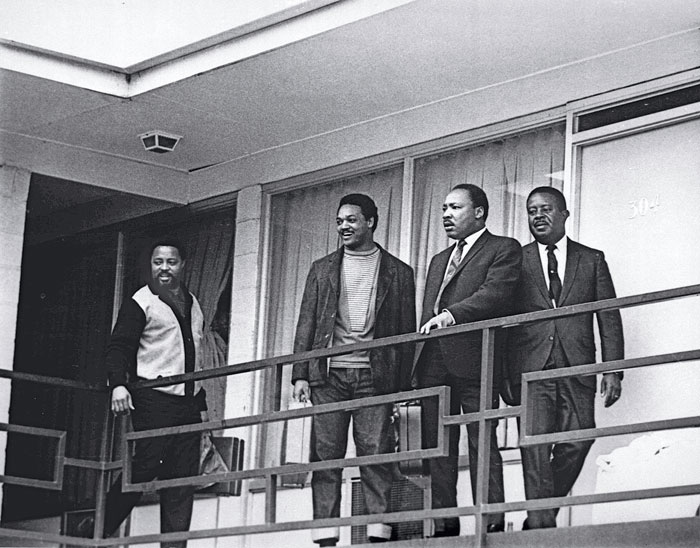
◀ By 1968, Martin Luther King Jr. (second from right) realized that true freedom could come only one way. Blacks needed economic equality. He began a Poor People’s Campaign. King went to Memphis, Tennessee, to support striking garbage collectors. He was shot to death on his motel balcony.
In 2011, a tall stone sculpture was dedicated in Washington, D.C. The Stone of Hope honors Martin Luther King Jr. Its name comes from a line in his most famous speech. That speech is known as the “I Have a Dream” speech. King said, “With this faith, we will be able to hew out of the mountain of despair a stone of hope.” The monument is unique in this way: it’s the only memorial on the Mall that doesn’t honor a war, a president, or a white person. ▶
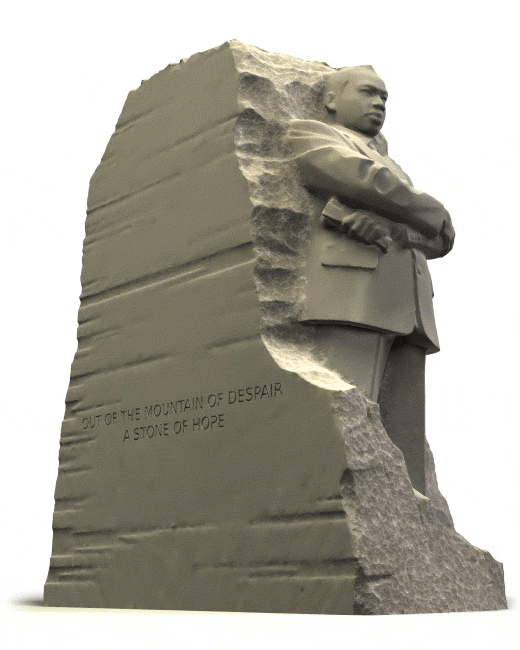
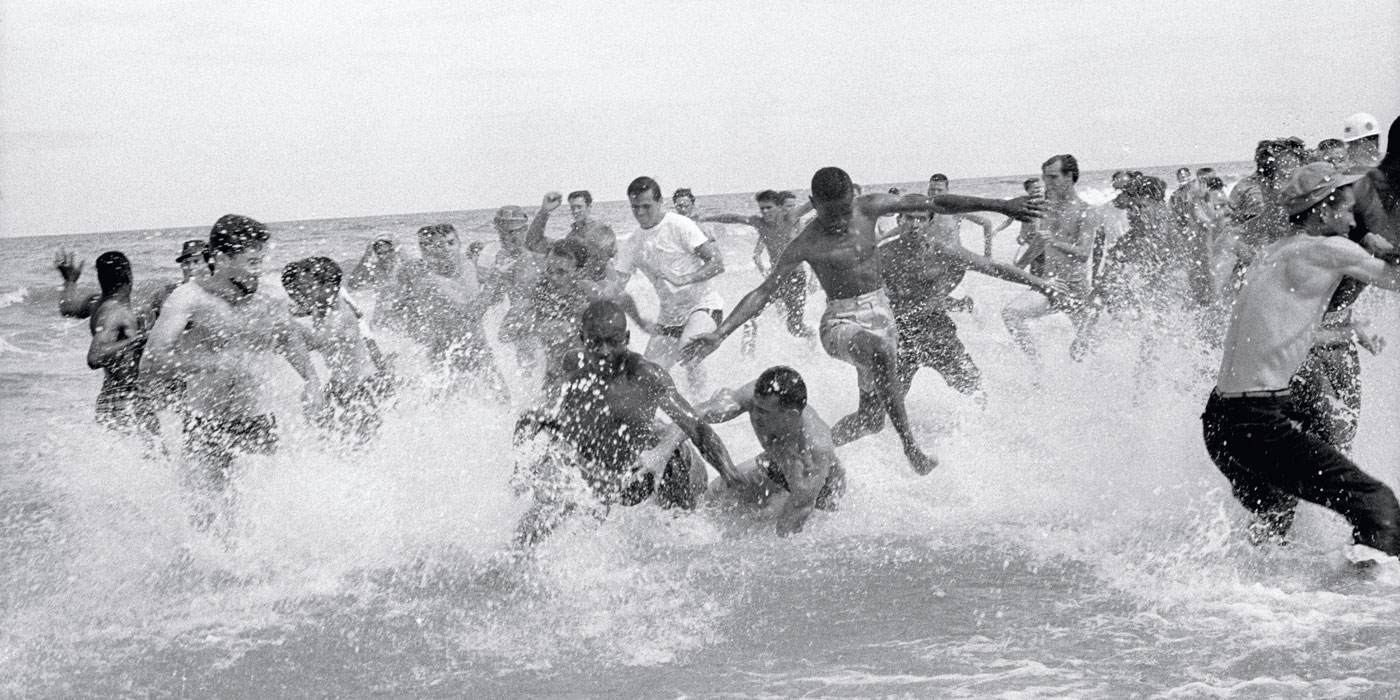

◀ Malcolm X was born Malcolm Little. He was a member of the Nation of Islam. That group believed whites were racist “devils” who would never change. So there was no point in fighting for civil rights. Instead, it thought African Americans should keep to themselves. They should work for their own benefit. But then Malcolm went to the Muslim holy city of Mecca. That’s in Saudi Arabia. He met Muslims of all races, and changed his anti-white stand. He even went to Selma to speak. Three weeks later, he was assassinated. People said he was killed by a group that disagreed with him. That happened on February 14, 1965. Even after his death, Malcolm X inspired millions to embrace their African heritage and African American culture.
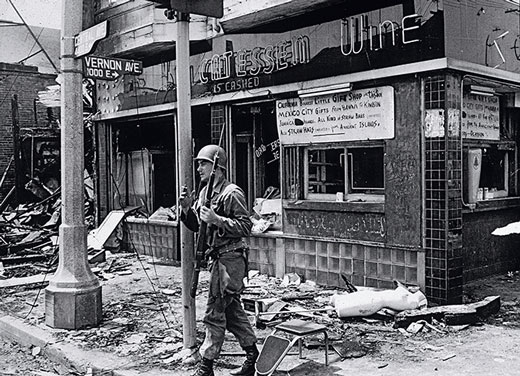
Check It Out!
What were the long hot summers?
The civil rights movement gave many African Americans hope that they would finally be treated right. But some were too angry about what was done to them. They couldn’t be nonviolent. From 1964 to 1968, riots broke out in black neighborhoods in many cities. They included Harlem in New York and Watts in Los Angeles. Those summers became known as the “long hot summers.”

Check It Out!
Who were the Black Panthers?
By the mid-1960s, some African Americans thought the civil rights movement had done all it could. They thought nonviolence could only go so far. They had the slogan “Black Power.” That could mean economic or political power. It could also mean the power of weapons. The Black Panther Party for Self-Defense formed. They believed African Americans had the right to bear arms against police violence. They also did community organizing and ran a free breakfast program for poor children.
